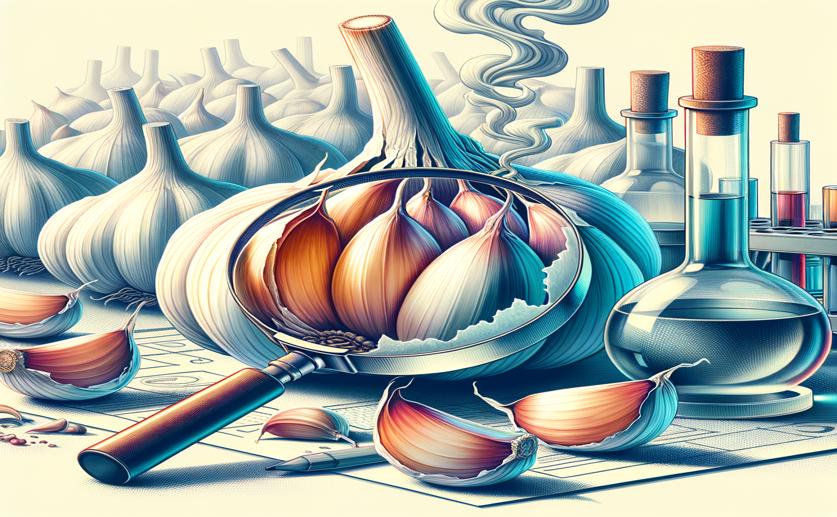
Developing Advanced Techniques to Analyze Garlic's Aroma Components
Greg Howard
12th May, 2024

Image Source: Natural Science News, 2024
Key Findings
- Researchers in Italy developed a method to verify the origin of garlic, ensuring its quality and authenticity
- The technique analyzes carbon isotopes in garlic's aroma compounds to pinpoint its geographic source
- This new method helps protect consumers from food fraud and supports genuine regional garlic producers
References
Main Study
1) Gas chromatography-stable isotope ratio mass spectrometry prior solid phase microextraction and gas chromatography-tandem mass spectrometry: development and optimization of analytical methods to analyse garlic (Allium sativum L.) volatile fraction.
Published 15th May, 2024 (future Journal edition)
https://doi.org/10.1016/j.heliyon.2024.e30248
Related Studies
2) Medicinal and therapeutic properties of garlic, garlic essential oil, and garlic-based snack food: An updated review.
3) Historical perspective on the use of garlic.
4) Biological properties of garlic and garlic-derived organosulfur compounds.



 17th January, 2024 | Greg Howard
17th January, 2024 | Greg Howard